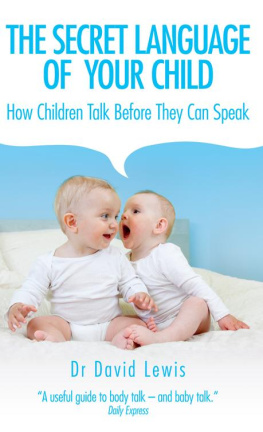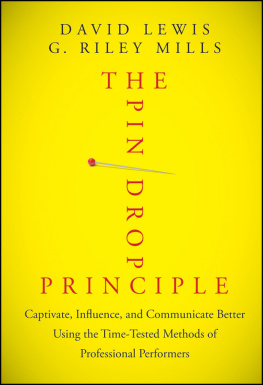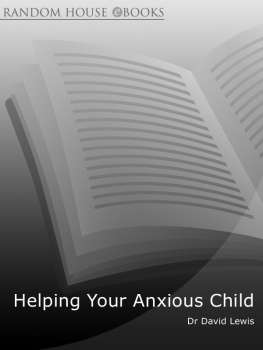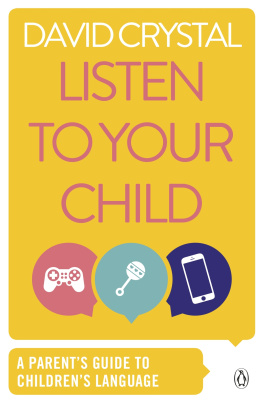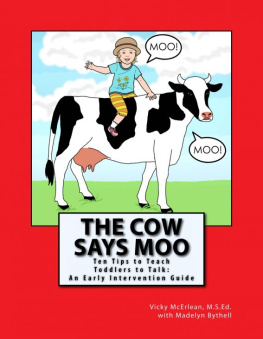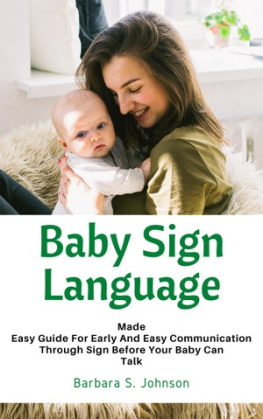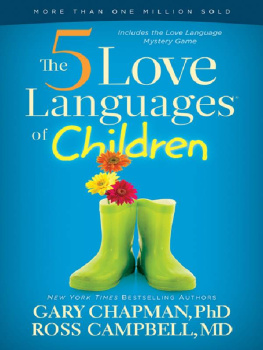Why I wrote this book
In 1969 I was working as a photo-journalist in Northern Ireland at the time when, what became known as, the Troubles had just begun. Around September of that year I embarked on a project to record the effects the increasing violence was having on the children of Belfast. As part of this story I spent time in nursery schools observing and recording how infants behaved towards one another. Over the months my last visit was in 1971 I noted changes in their interactions. Some became more fearful and withdrawn, others more boisterous and aggressive. At that time I was, of course, a photographer employed by a Fleet Street picture agency rather than a psychologist which meant that my observations were merely those of an interested layperson. By 1976 I had given up my career in photo-journalism to study psychology and decided to pursue the observations I had made in the Falls Road and Shankill seven years earlier.
My interest in non-verbal communications between children who have yet to master a spoken language had been given fresh impetus by the pioneering work of Professor Hubert Montagner from the University of Besancon in Eastern France. For many years he had been uncovering what young childrens various expressions and movements really meant by covertly filming them at play. To conduct his studies the Professor was obliged to shoot thousands of metres of 16mm film using cameras concealed in the type of hide used by naturalists to study wild animals. This approach presented me with two problems. It was not the technical difficulties of using film, while working as a photographer I had shot news footage for both the BBC and ITV, it was the cost. Since I was funding the study out of my own pocket, I knew that the price of raw stock and processing would quickly become prohibitive. The second problem was that, as a photojournalist, I was used to changing angles when taking pictures. Coming in close for some while stepping back to secure wide shots. For a while I considered trying to use still photography but, after just a few trials, realised this would simply not provide me with the information I required. The answer came when I discovered that Sony was selling one of the first ever portable video recorders aimed at the general public rather than professional broadcasters. While expensive, I think in todays money the price would have been around &10,000, it would work out a great deal cheaper than the price of film and processing costs over the year I intended to conduct the study.
In an era when it is possible to take broadcast quality video using a mobile phone, it seems hard to imagine just how limited this groundbreaking video recorder actually was. It consisted of two units. A camera which took pictures only in black and white and was attached, by a long cable, to a recorder carried over the shoulder which weighed about the same as a small TV set. Images and sound were recorded using reel-to-reel tape which provided about ten minutes of video recording time.
The lens was adequate if not especially fast, meaning that filming under low light conditions, while possible, tended to produce a somewhat low quality image. In the event it proved up to the task and for a year I attended a local nursery school on a regular basis, enabling me to record the progress of the same children across time. By doing so I was able to confirm many of Professor Montagners findings among French children and also explore new aspects of their wordless language.
Later, when studying mother-baby exchanges, I was able to put my photographic knowledge to further use by constructing a set-up involving two motorised and radio controlled Nikon cameras one directed towards Mums face and the other capturing her infants fleeting expressions.
In the decades since these studies were first published by Souvenir Press, the focus of my research interest has been on the ways in which the brain changes and develops during the crucial first five years of life. A period now considered by most psychologists and neuroscientists as critical to their successful cognitive and emotional development.
Preliterate children, like preliterate cultures, are right-brain dominant and only switch to left-brain dominance as they develop writing and reading skills. It is essential for their success in what is largely a left brain world humans quickly replace perception with categorisation as their source of knowledge that this switch occurs during the early years. There have been cases in which, due to neglect and abuse, the right hemisphere continues to dominate thinking into the teenage years. One such child, known as Genie, had been chained to her potty chair by her father and beaten if she ever tried to speak! The result of one of the severest cases of deprivation ever recorded was that she remained right brain dominant for almost all her mental processes, including her limited ability to speak. Speaking and understanding the spoken word is usually a function of two specific regions on the left side of the brain.
Does this mean that small children should be discouraged from using non-verbal communication in order to speed their acquisition of verbal proficiency?
Absolutely not. A child who is fluent in silent speech during infancy is able to develop a wide range of vital social skills, from making friends to correctly interpreting the expressions and gestures of their peers. Research suggests that, in this, girls are more efficient than boys, partly perhaps because they pay much closer attention to non-verbal signals than do boys.
Even as adults this ability plays a vitally important role in enabling us to lead a fulfilling and successful life. As social animals we depend crucially on our relationships with others, whether in our intimate or profession interpersonal relationships. About 70% of the information we communicate during a conversation, for example, is conveyed by the expressions and gestures we use to accompany our words. A non-verbal failure can prove as devastating to our chances of success as being tongue-tied or saying the wrong thing.
The fact that most parents instinctively appreciate the importance of this unspoken language to their children has, I believe, helped ensure my books enduring success and international appeal. Over the more than thirty-years since it was first published I have received hundreds of letters from parents all over the world. They report how the insights I provided enriched their own experience of parenthood, enabling them to better understand and more effectively enhance their childs social and emotional development. Many report that their greatest revelation was how early in a babys life their ability and their need to communicate with caregivers begins. As I explain in Chapter 2, its not that neonates are unable to talk to their parents just that, in many instances, they are denied the opportunities for doing so.
As you will discover, far from being an incoherent babble, baby talk is a subtle, silent and all too often a secret language by which small children can communicate eloquently with one another long before they have learned to speak.
Many adults and hundreds of children have helped me, directly and indirectly, in the preparation of this book. Its real creators are the under-fives of Britain, America and Europe, whose body language I was able to record. To them, and especially to the numerous supervisors, helpers and teachers at the pre-school play groups, nursery schools and crches, where I was able to film, my very grateful thanks.
I owe a particular debt of gratitude to my brother Richard and his wife Trisha, not only for producing three such charming research subjects as my nephews Sam and Kiran, and my niece Tamsin, but for allowing their home to be transformed into a cross between a laboratory and a television studio. Sincere thanks are also due to Jane Barlow and her baby daughter Josey whose progress from the first week of birth provided much useful material.

